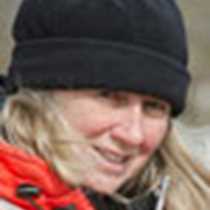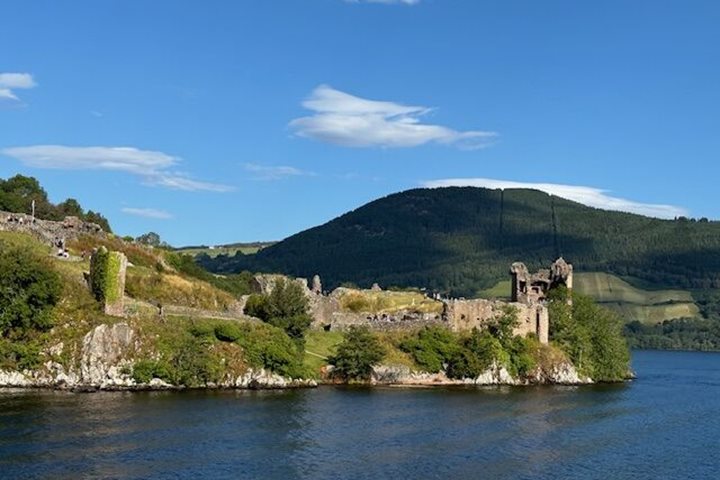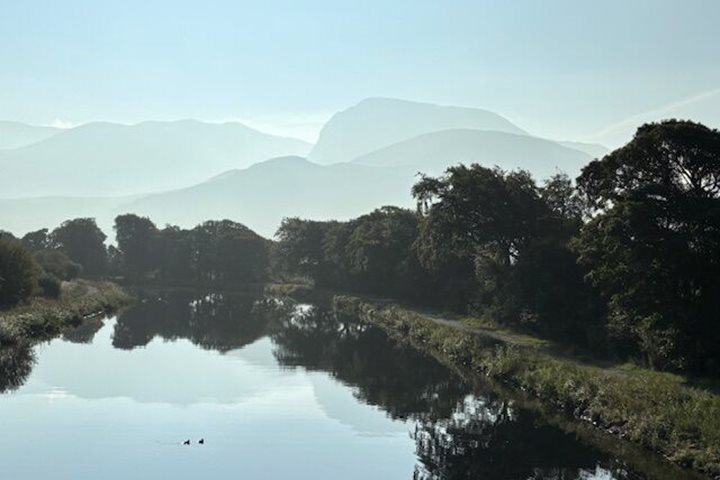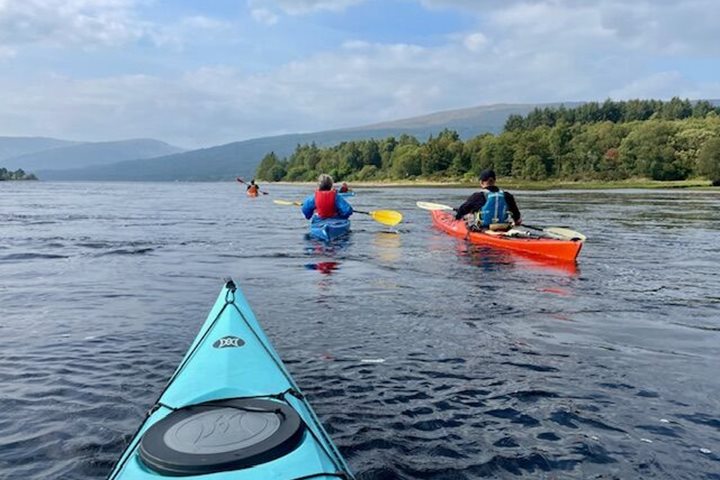Today we navigated halfway through the Caledonian Canal, from Inverness on Scotland’s east coast toward her Atlantic Coast to the west. The canal was constructed by the self-taught Scottish civil engineer Thomas Telford in the early nineteenth century; the government sponsored the project to aid the wars with revolutionary France. The canal was designed to enable a more rapid movement of British naval vessels from one coast to the other, while avoiding the stormy waters of Scotland’s northern shores. Construction was not completed until 1822, by which time the French had been defeated at Waterloo and the military purposes of the canal had given way to commercial use.
The Caledonian Canal links a series of natural lochs (or lakes) that lie in the Great Glen, a major geological fault that runs 100 kilometers (62 miles) across Scotland. Telford linked these natural bodies of water with just 35 kilometers (22 miles) of canal. One of these lochs, Loch Ness, is the largest body of fresh water in mainland Britain and is deeper than any part of the North Sea. Another, Loch Oich, is so shallow that a channel is regularly dredged to ensure sufficient draught for larger vessels. Lord of the Glens is the largest vessel to operate in the canal, having been modified to fit (just!) in the locks. There are twenty-nine in total, with some sequenced in “flights” of up to eight locks in succession, raising and lowering the passing ships as they transit the Great Glen.
The story of the 1745 Jacobite rebellion was a constant feature of our day, beginning with our visit to the Culloden battlefield, where hopes of reclaiming the British throne for the Stuarts were dashed in 1746. This was a turning point in both British history and the wider history of the Atlantic region. From here the commander of the victorious government forces, Augustus Duke of Cumberland, younger son of the king, moved west to avenge the Jacobites. He was determined to eliminate the threat to the Hanoverian dynasty once and for all by ridding mainland Britain of “treacherous” Catholic Gaels. What ensued has been described by some historians as an act of ethnic cleansing; within a generation, more Gaelic was spoken in Canada than in Scotland, as the land was cleared of its native population and replaced with more profitable sheep. On an afternoon hike to Kilchuiman burial ground, we saw the stone walls built to keep in the sheep and the bumps in the ground where the Highlanders formerly dwelt. The walls were reminiscent of the Bronze Age burial cairns we had visited in the morning at Clava Cairns.









